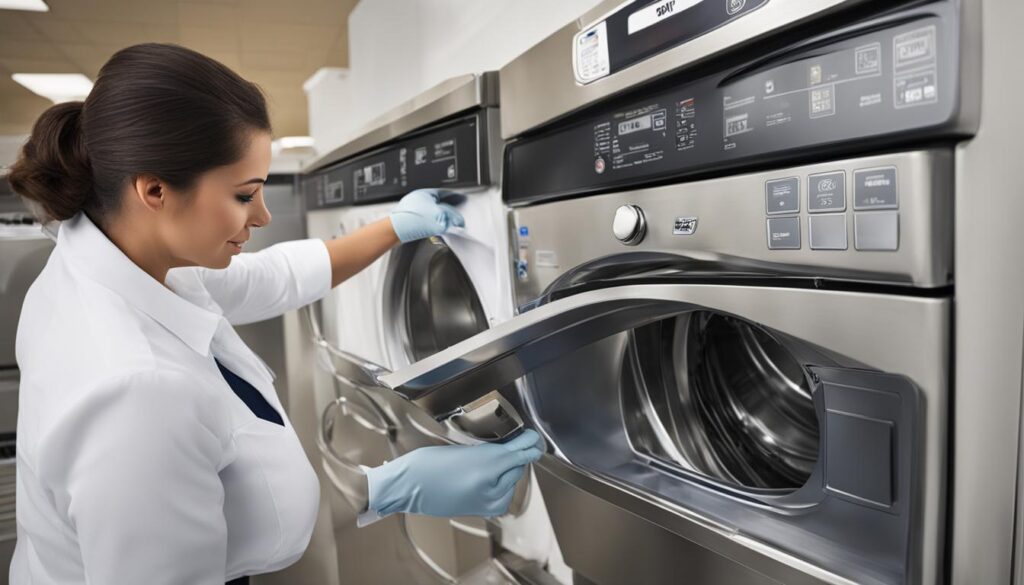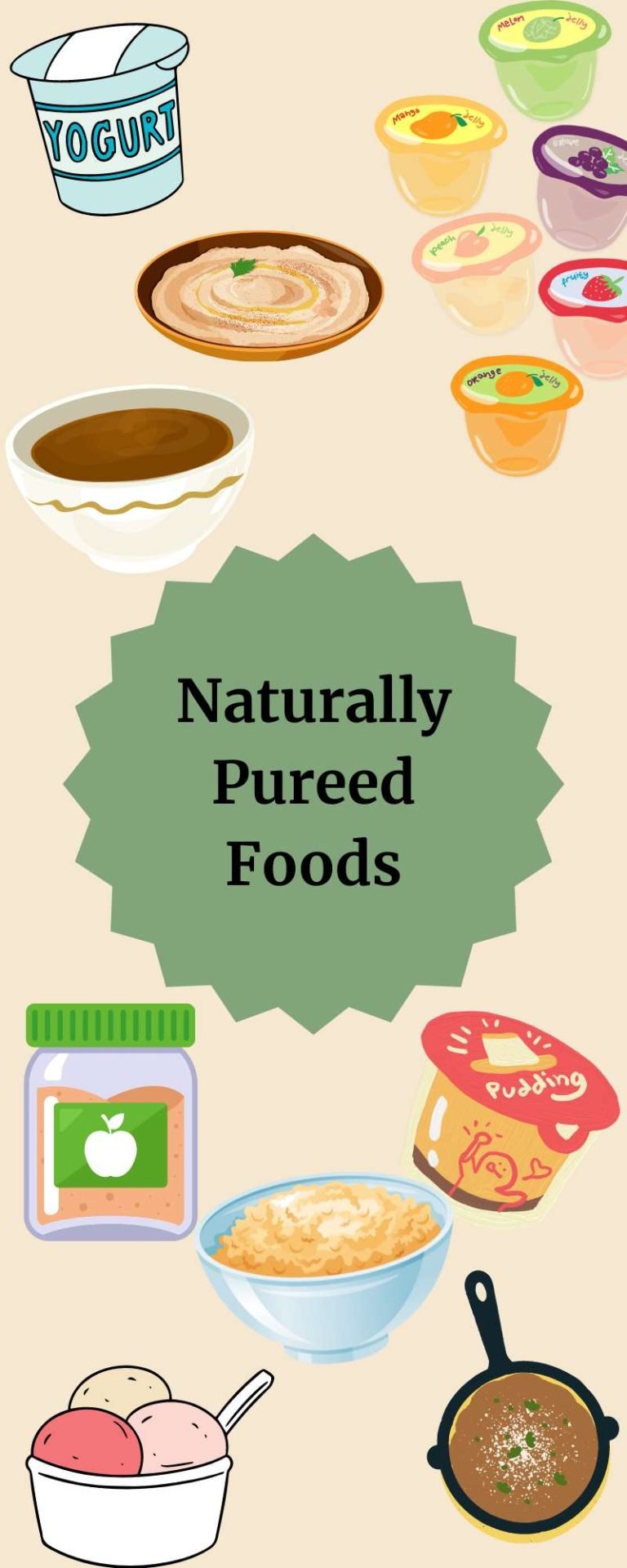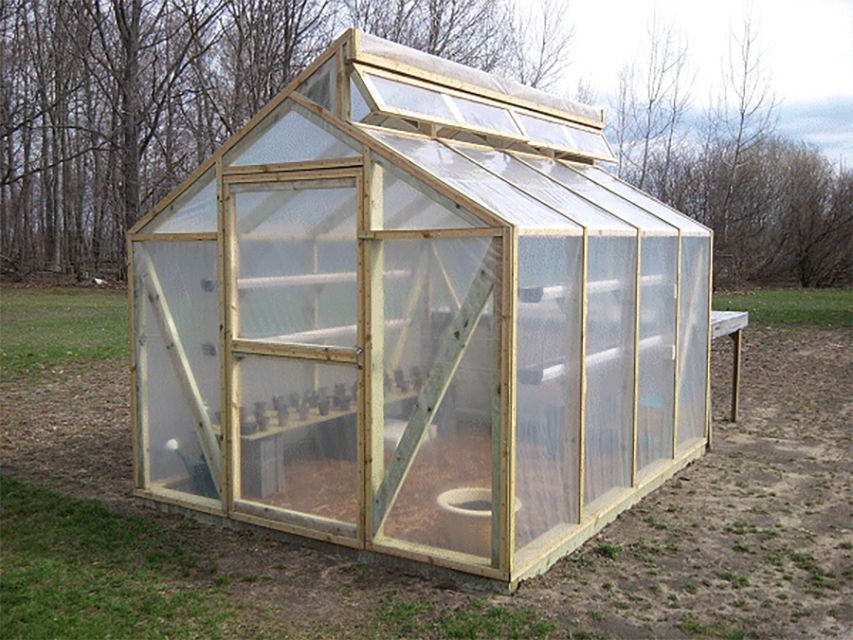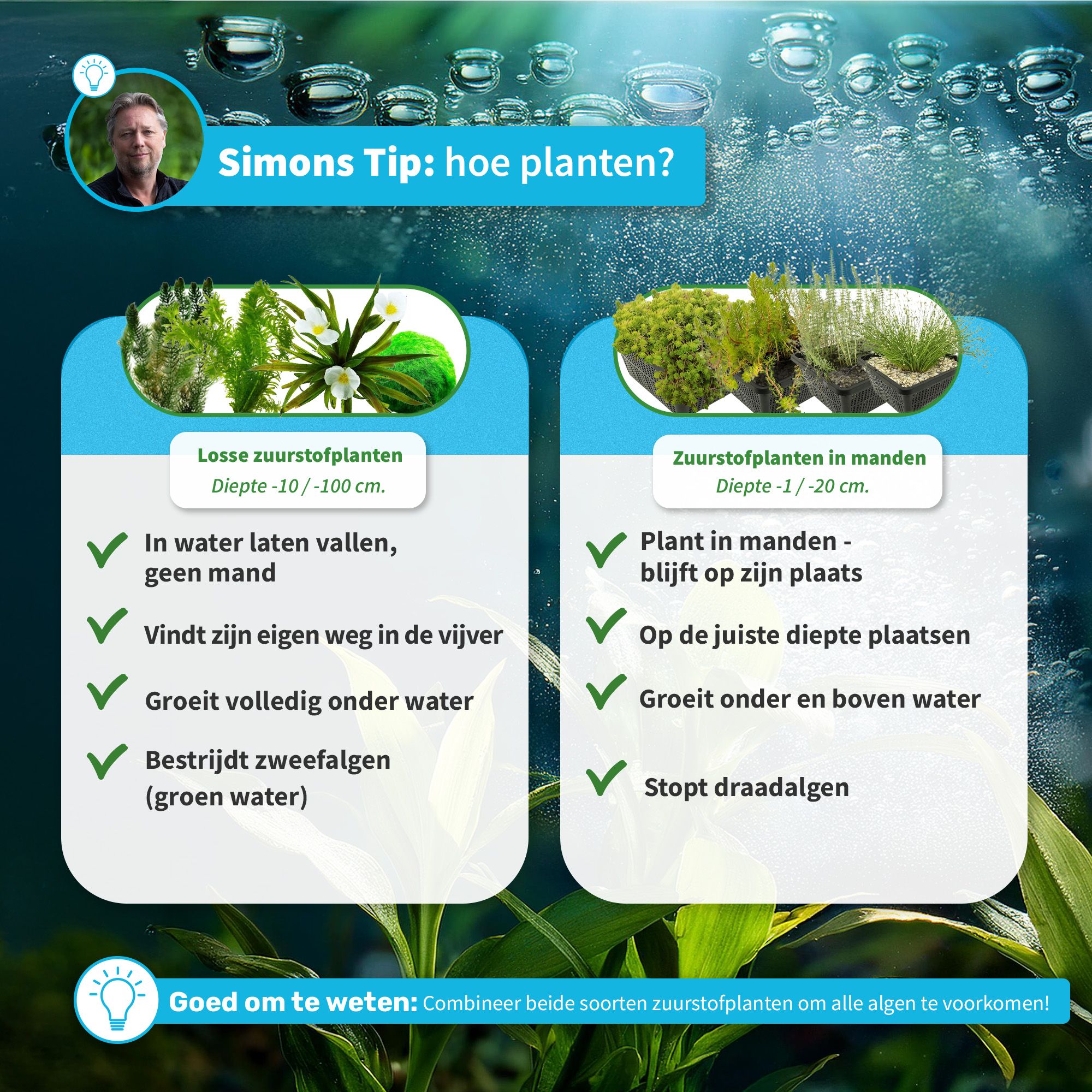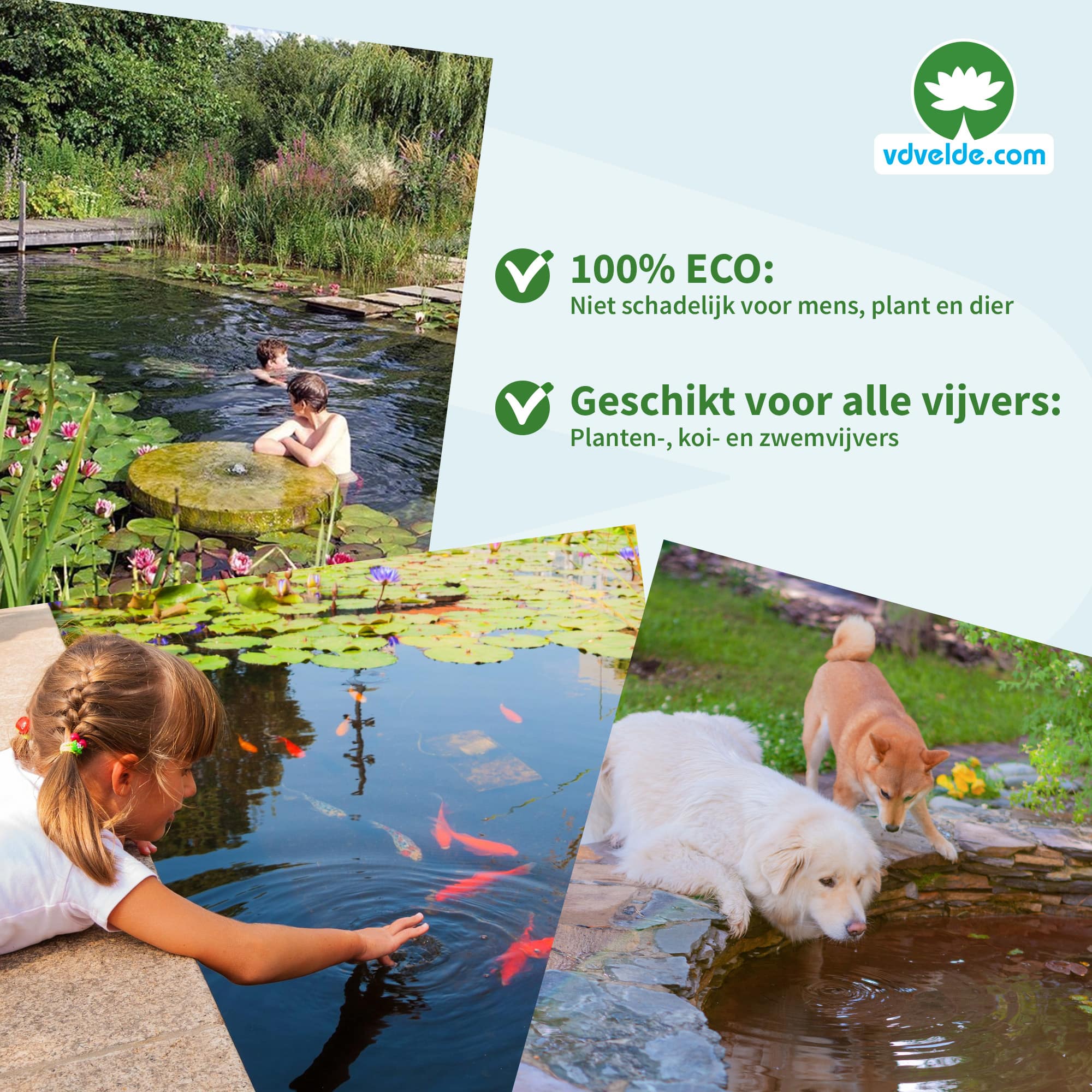Can You Microwave Olive Garden Take Home Containers? Safety, Tips, and Alternatives
Understanding Olive Garden Take Home Containers
Bringing home leftovers from Olive Garden is a common practice for many diners who want to enjoy their favorite Italian dishes later. However, before placing those takeout containers in the microwave, it’s essential to understand the materials used and the potential risks or safety guidelines associated with reheating food in them. The question, “Are Olive Garden take home containers microwavable?” is both practical and important for anyone wanting to maintain food quality and personal safety.
Types of Olive Garden Take Home Containers and Their Microwave Safety
Olive Garden provides a range of containers for takeout and leftovers, primarily including plastic, aluminum, and occasionally paper-based options. The microwavability of each depends on material composition and labeling:
- Plastic Containers: Many Olive Garden plastic containers are made from polypropylene (PP) , often marked with a #5 recycling symbol . These are typically considered microwave-safe, but only if explicitly labeled as such. If the container does not display a microwave-safe symbol, it should not be microwaved. [1]
- Aluminum Containers: These should never be microwaved. Doing so can result in sparks, damage to your microwave, or even a fire. [1]
- Papers and Styrofoam: Olive Garden rarely uses styrofoam, but when encountered, these materials are not always microwave-safe and can release harmful chemicals. [3]
Always check the container bottom for the microwave-safe symbol. If it’s missing or the container is unmarked, it’s safest to transfer your food to a microwave-safe dish. [1]
How to Identify Microwave-Safe Olive Garden Containers
Identifying whether your Olive Garden container is microwave-safe is a critical step. Here’s how you can do it:
- Look for the Symbol: A microwave-safe symbol often looks like a microwave or a set of wavy lines. The recycling code #5 (polypropylene) is a good indicator, but always check for explicit microwave-safe labeling. [1]
- Check for Labels: Some containers are stamped with “Microwave Safe.” If this wording or symbol is present, the plastic is generally safe for reheating.
- Review the Container’s Condition: If a plastic container is cracked, discolored, or cloudy, it may no longer be safe for microwave use, even if it was initially. [5]
If the container fails any of these tests, err on the side of caution and use a glass or ceramic dish instead.
Risks of Microwaving Non-Safe Containers
Microwaving containers not designed for heat can cause several issues:
- Chemical Leaching: Some plastics may release harmful substances into your food when heated. [4]
- Melting or Warping: Non-microwave-safe plastics can melt, deform, or even fuse with your food.
- Fire Hazard: Aluminum containers can cause sparks or fires in your microwave. [1]
For safety, always use containers labeled as microwave-safe, and avoid reheating in any unmarked or questionable packaging.
Best Practices for Reheating Olive Garden Leftovers
To enjoy Olive Garden leftovers safely and at their best quality, follow these step-by-step instructions:
- Examine your take-home container for microwave-safe labeling or symbols. If marked accordingly, proceed with care.
- If the container is not microwave-safe, transfer your food to a glass or ceramic dish before reheating. [4]
- Cover the dish with a microwave-safe lid or paper towel to prevent splatters and retain moisture.
- Heat on medium power in 30-second intervals, stirring or checking the food between intervals to ensure even heating.
For oven reheating, place the food in an oven-safe container, cover with foil, and warm at 300°F until heated through. [1]
Alternative Approaches and Solutions
If you lack a microwave-safe container, there are several alternatives:
- Use Oven-Safe Glass or Ceramic: Transfer food to these dishes for both microwaving and oven reheating.
- Invest in Reusable Containers: Purchase containers marked as microwave, dishwasher, and freezer safe for future use.
- Ask for Microwave-Safe Options: When ordering takeout, request microwave-safe packaging if available.
Some Olive Garden containers can be reused for dry storage or for taking leftovers to work. However, avoid using them for acidic foods or repeated reheating, which can degrade the plastic. [5]
Common Challenges and How to Overcome Them
Consumers may face challenges such as containers without clear symbols or instructions. If in doubt, prioritize safety:
- When Unsure, Transfer: If you cannot confirm a container is microwave-safe, always transfer your food to a safe dish.
- Monitor for Damage: Watch for signs of melted, warped, or discolored containers after reheating; discard such containers immediately.
- Educate Yourself: Familiarize yourself with common recycling symbols and their meaning. Polypropylene (#5) is usually microwave-safe if labeled, while #1 (PET), #6 (polystyrene), and aluminum should not be microwaved.
Practical Guidance for Safe Use
For the safest results when reheating Olive Garden leftovers:

Source: thespruce.com
- Check for the microwave-safe symbol or label on the container.
- When in doubt, use glass or ceramic dishes for reheating.
- Cover food loosely to prevent splattering.
- Reheat in short intervals to avoid overheating.
- Discard containers that show signs of wear, warping, or excessive staining.
If you need more information or specific product guidance, you can contact Olive Garden customer service directly by searching for “Olive Garden customer service” or visiting their official website to find updated packaging information.

Source: publicdomainpictures.net
Extending the Life of Your Takeout Containers
Olive Garden’s plastic containers are generally durable and can serve multiple purposes if handled correctly. Here are some tips for maximizing their use:
- Rinse and dry thoroughly after each use to prevent odors and bacteria growth.
- Use for storing dry goods, non-acidic leftovers, or organizing small items.
- Monitor for signs of deterioration; once a container degrades, recycle according to local guidelines.
As noted by food safety experts, avoiding repeated reheating or storing hot, oily, or acidic foods in plastic containers will help reduce chemical leaching and extend the lifespan of your containers. [5]
Key Takeaways
Some Olive Garden take home containers are microwave-safe, especially those made from polypropylene and clearly labeled. However, never microwave aluminum, unmarked, or styrofoam containers . When in doubt, transfer your food to a microwave-safe dish, and always prioritize safety over convenience. For more details on food safety and container reuse, consult reputable food safety organizations or reach out to Olive Garden’s official customer support channels.
References
- [1] Paper Plus (2024). Are Olive Garden Take Out Containers Microwavable?
- [3] Mixed Kreations (2024). Are Olive Garden Take Out Containers Microwavable?
- [4] TikTok Test Kitchen (2025). Is It Safe to Microwave Takeout Containers?
- [5] The Daily Meal (2024). Are Olive Garden Takeout Containers Microwavable?
MORE FROM hotondeals.com


